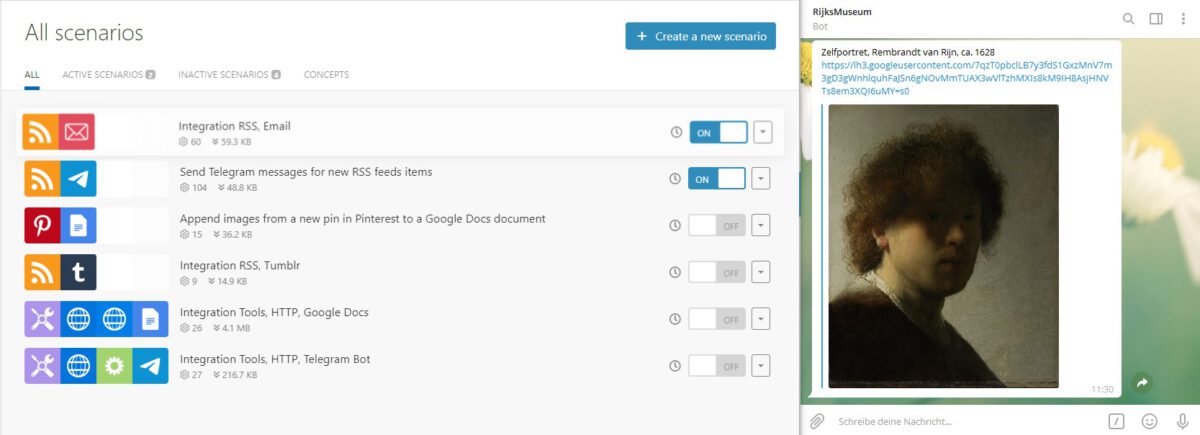A glimpse behind the scenes of DAHSS 2020
Being a first time participant with basically no experience in Data Science and Digital Art History, this week was intense, exciting, frustrating and most of all really instructive.
This is how I started the week:
Well, and here you see my presentation and as you might recognize, it is mostly text… digital text but still text, this is what art historians know to do, right? I did create some things, using data and cloud computing. But I barely scratched the surface of all there is to know and to learn about this topic. But what did Harald repeatedly say? “We are not here to become computer specialists or programmers. We remain art historians with some knowledge in computer sciences and with that we will be able to communicate with programmers and explain to them what we want to see as a result.” Well, I’ll take you up on that, Harald!
So what did I learn this week? I learned about the magic of cloud computing and how to use public data from the web and how to process it to another platform using Integromat. I know how to build a telegram bot now and how to have regular updates from an RSS-feed sent do my mail inbox or my Telegram account. I can also magically get pictures from museum APIs and have them show up on Google Docs or Spreadsheets. And I learned about how to present data in interactive charts on Datawrapper. But how does that further art history and is that really the digital art history that we need and we are looking for? What is digital art history right now and what would I like it to be?
I think, these tools might be useful for sciences and art history. But so far there is only limited machine readable and searchable data available, to be able to construct useful applications from it. So far I have mostly seen, that images from museum databases were used to be played around with on museum webpages. That doesn’t seem too appealing in the long run, at least to me. Therefore for art historians, or at least for myself, I see the main responsibility in creating data through traditional research and providing this data in a way that it is machine readable, searchable and in the end might be able to be combined with other existing data (within the limits of privacy and copy right of course).
My research focus is provenance research. This field wouldn’t have grown this much in the past decades without the possibilities of digitalization, the internet and the developing digital humanities. Digitalization of archival material and catalogues, for example, has made research a lot easier. But there is still a long way to go. During the past days I tried to extract provenance data from the available APIs that were known to us, unfortunately without success. One of the main problems in making provenance data searchable is that there is no common way to write provenances. Without a common standard it is not possible to use the semantic web and linked data for proper scientific research. But the problem is known and there are researchers (art historians and data scientists) that are already on the track, trying to solve these problems.
So there is still a lot to do, but visions exist and hopefully technology and data will be developed to enhance our research and lead to a Digital Art History that enhances and advances art historical research.
.
Below you find my first experiments with Datawrapper. I used data samples from my masters thesis where I researched a private collection of modern art between 1918 and 1932.
